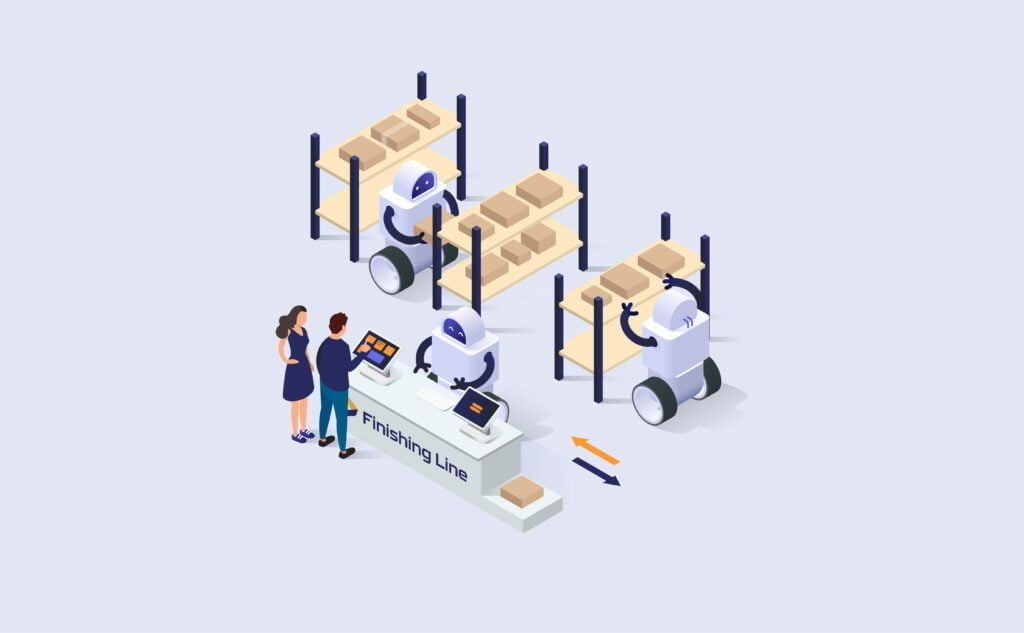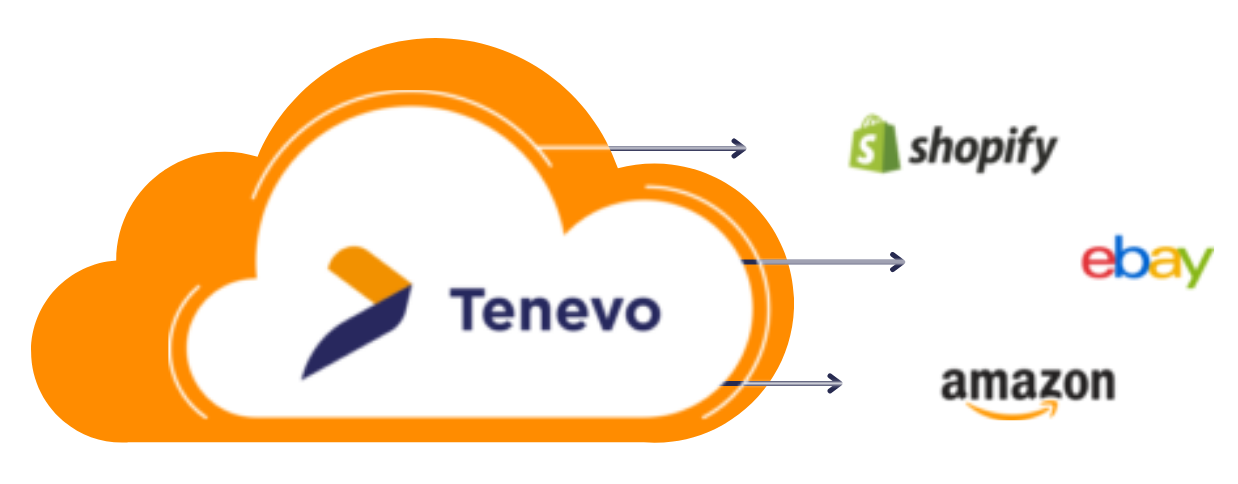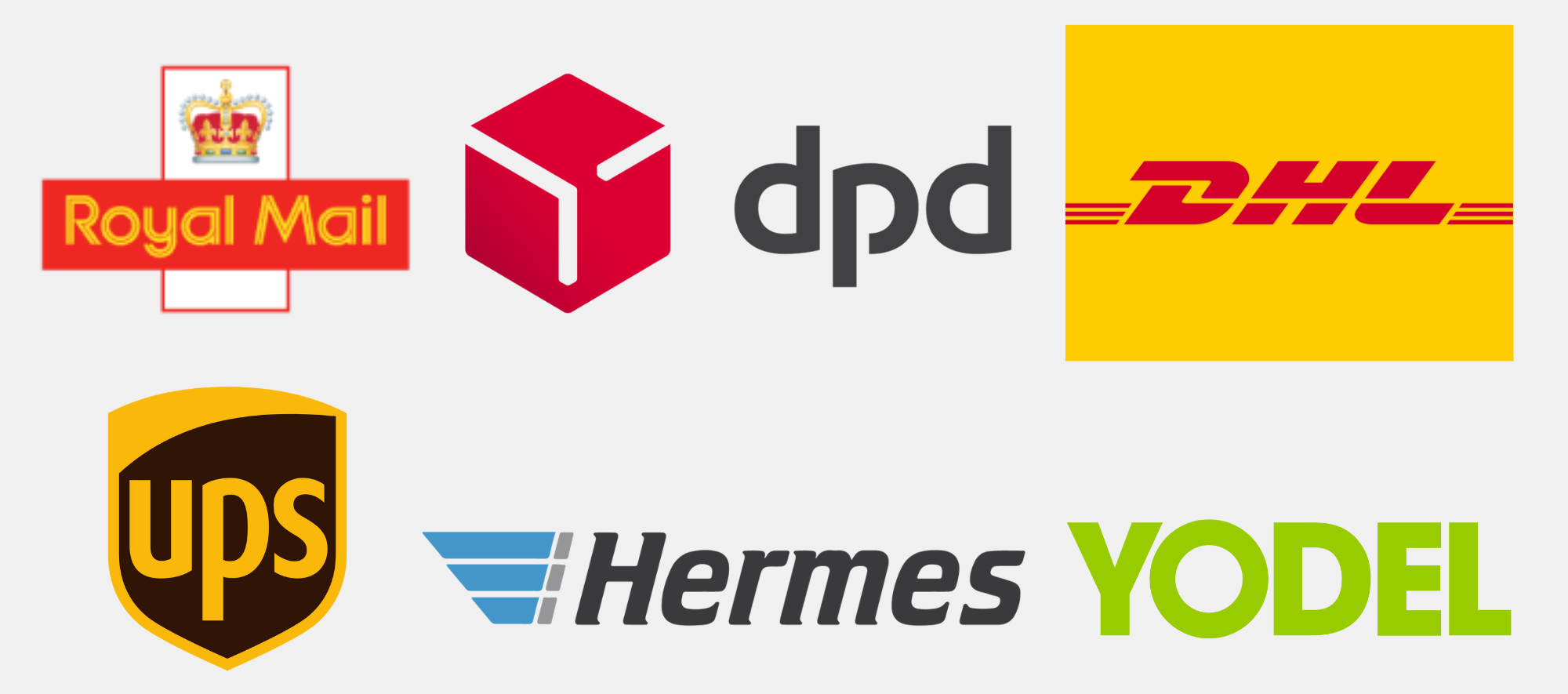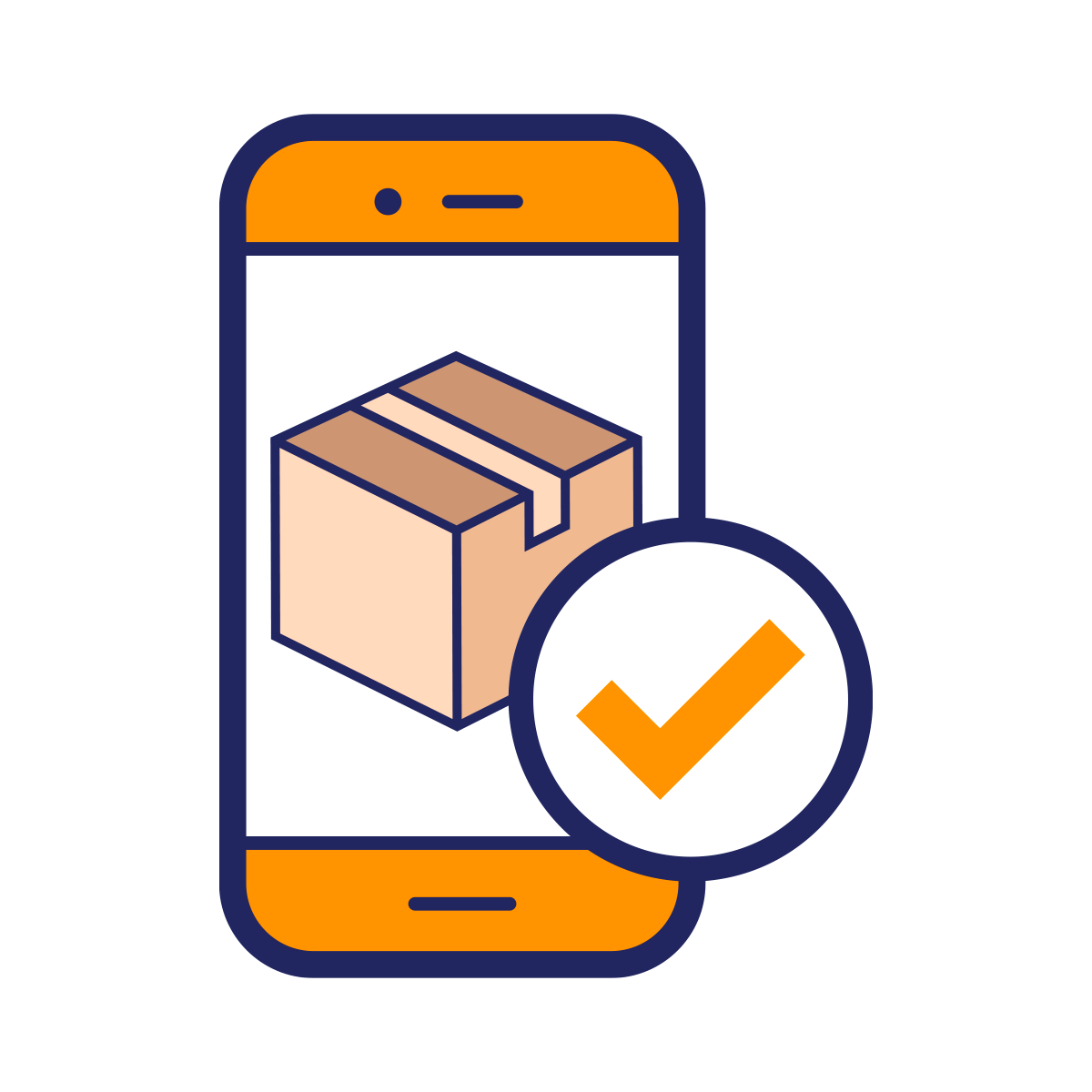Setting up an online store: Why it is easier than ever
- Published:
Reading Time: 8 minutes
Share this article
On February 28, 2022 by Josh Arrowsmith
Explore more: Experiences & Industry Insights | Case Studies | Testimonials
In the UK, almost 9 out of 10 of us shopped online in 2020. If you’re a committed digital purchaser, it might be hard to imagine that it isn’t everyone already, but it very nearly is. And the market is growing in terms of volume of sales as well, with online shopping predicted to grow by over a third again by 2023. (Statista, 2022).
That could account for why more than 10,000 new ecommerce companies were registered with Companies House in 2021. Some people are looking to take control of their future employment by opening their own company, and others looking to shore up their finances with a side hustle.
But whatever the driver, one thing that is the same for everyone, it’s never been easier to create and maintain an online store. Should it be something you’re considering but need a bit more information before taking the plunge, read on to get the low down on why opening an ecommerce store might be more accessible than you first thought.


In comparison to a bricks and mortar outlet, online retail is a much more affordable route. As you don’t need to merchandise a shop, you don’t need to invest in shelving or display cabinets, or props to make it look enticing to passers-by. The rental of a high street retail unit is quite significantly more than the hosting costs for a website as well.
You don’t even need to invest in a large product range, focusing down to just a core range instead. It might look strange in a shop to just have 5 to 10 core items, but online that can be framed in a way that it looks like a focused range of specialist items. Indeed, even variations on a theme of 1 item can work well. The internet is a place where specialism and niche interests can be celebrated.
You could also go the route of a broader range, but only invest in a limited number of them to hold as stock so you don’t overcommit to products you don’t yet have confidence in. It’s a great way to test the market.
Jump to a different section:

As the number of online retailers grows, so do the options for hosting and building your online presence.
With very accessible options being provided by Squarespace, WooCommerce and Shopify, you can have a site built and online very quickly and affordably. If you have never built a site before, and there is budget, it is worth seeking the advice of professionals about the various options. A quick search, or even ask some friends, and you could find someone willing and with enough experience to set up your first site.
Whilst a lot of eCommerce development providers are set up to be ‘fool proof’, an investment here could save you both time and money further down the line and will put you on the best footing to win and keep customers with good payment processes, safe data provision and enjoyable customer experience all taken into consideration.
Where your site is hosted should also be a conscious decision. Hosting location has an impact on search engine rankings, as does speed of site loading. Slow sites also impact customer behaviour, with people being very impatient for a site to load, even when it seems to offer just what they are looking for. This could be another area where to save a small amount on monthly hosting, could have a larger impact.
Jump to a different section:

When it comes to distributing the items, there are three options:
Jump to a different section:

Choosing the lines you’ll stock and building an online presence are one thing. Driving traffic to that destination by creating demand is an entirely different thing.
It is rarely the case of ‘build it and they will come’.
Again however, it’s easier than ever before to reach customers. The key here is to ensure that you are really clear about the profile of a likely customer and how they differ from ‘everybody’. Very few, if any, shops sell to ‘everybody’. More likely you’ll be targeting a particular type of shopper, with desires, beliefs, habits etc that define them. Identify these core traits and then look to find channels to reach people who fit this profile.
Start-ups often want the comfort of making themselves available to ‘everybody’ but it is in fact counter intuitive, and you would be much better off settling on a niche. These niches have different behaviour and that can enable you to focus your marketing efforts more effectively.
Will they be more likely to be on Instagram, Twitter, Pinterest, LinkedIn, YouTube, Facebook? Or could you be best riding off the established shopping platforms like Etsy, Depop or Vinted?
If you really understand your shopper profile, you could find that you don’t even need a website and instead sell direct through the ecommerce options within platforms like Instagram or Etsy.
Jump to a different section:

Will you just sell in your native territory, or will you sell further afield? There’s a clue in the name ‘world wide web’ – your potential marketplace reaches as far and wide as you want it to be. If there is a potential market in another country that you think you could exploit, there are some elements that you need to ensure you put thought to first.
First up, your company’s legal status and where it is registered. If you’re in the UK, you need to register with Companies House, either as a sole trader or a limited company. But, if you’re in the UK, now that we’re not part of the EU, there are customs implications when sending goods overseas to EU countries.
The UK Government has some clear advice or you can also ask your local Chamber of Commerce.
The opportunities to set up a viable business online are there, and it is one of the most accessible options available for anyone looking to take control of their future. Like everything worth having, it does take some planning and a great deal of commitment but take advice where you can – you can always ask us what we’ve learned supporting new and growing businesses over the years. We were here before the internet began, so we’ve seen companies establish and grow to take advantage of this global opportunity. Drop us a line, we’d be happy to help.
Jump to a different section:
After reading this article, we hope that you have learned a thing or two about effective ways to set up an online store, and why it is imperative that businesses take a step in the right trajectory and make the critical transition of slowly moving away from physical sales, and to start pushing online sales. Taking this initial step isn’t easy, and neither is adapting to the fast pace of the ever-changing market.
For any advice regarding the information in this article, we can talk you through the experience we’ve gained since 1987 to see if we’re a good fit for your next project in ecommerce fulfilment, returns management, contract packing or warehouse management.
Please get in touch with us, send a live chat message, or call +44 (0)1268 498 950
Send us your direct enquiry via email:
Was this article helpful? Share with your network below

Head of Commercial & Innovation

Contract Packing and
multichannel fulfilment:
Finishing Line Established 1987.
The Finishing Line ltd,
Unit DC1, Prologis Park,
Honywood Road,
Basildon, SS14 3TS





Co. registration number: 02120683 | © Copyright 2025 The Finishing Line | All rights reserved